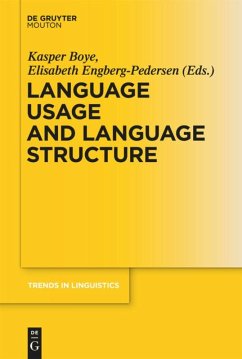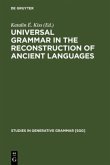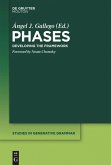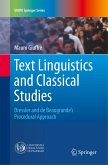During most of the 20th century, the classical Saussurean distinction between language usage and language structure remained untranscendable in much linguistic theory. The dominant view, propagated in particular by generative grammar, was that there are structural facts and usage facts, and that in principle the former are independent of, and can be described in complete isolation from, the latter.
With the appearance of functional-cognitive approaches on the scene, this view has been challenged. The view of structure as usage-based has had two consequences that make time ripe for a focused study of the interaction between usage and structure. Within the generative camp it has inspired a more explicit and precise description of the status of usage. Within the functional-cognitive camp it has blurred the status of structure. Perhaps because functionalists and cognitivists have had to position themselves in relation to generative grammar, some have emphasized the role of usage facts to the extent that structure is largely ignored.
Accounts of language usage, language acquisition and language change are impossible without an assumption about what it is that is being used, acquired, or subjected to change. And more moderate functionalists and cognitive functionalists recognize both structural facts and usage facts as genuine facts central to the understanding of language. Still, the linguistic literature that shares this position does not abound with explicit, precise characterizations of the relationship between usage and structure.
The present volume brings together scholars from different theoretical positions to address theoretical and methodological aspects of the relation between language usage and structure. The contributors differ with respect to how they conceive of this relation and, more basically, with respect to how they conceive of linguistic structure. What they have in common, however, is that they recognize structure and usage as non-reducible linguistic phenomena and take seriously the challenge to describe the relation between them.
With the appearance of functional-cognitive approaches on the scene, this view has been challenged. The view of structure as usage-based has had two consequences that make time ripe for a focused study of the interaction between usage and structure. Within the generative camp it has inspired a more explicit and precise description of the status of usage. Within the functional-cognitive camp it has blurred the status of structure. Perhaps because functionalists and cognitivists have had to position themselves in relation to generative grammar, some have emphasized the role of usage facts to the extent that structure is largely ignored.
Accounts of language usage, language acquisition and language change are impossible without an assumption about what it is that is being used, acquired, or subjected to change. And more moderate functionalists and cognitive functionalists recognize both structural facts and usage facts as genuine facts central to the understanding of language. Still, the linguistic literature that shares this position does not abound with explicit, precise characterizations of the relationship between usage and structure.
The present volume brings together scholars from different theoretical positions to address theoretical and methodological aspects of the relation between language usage and structure. The contributors differ with respect to how they conceive of this relation and, more basically, with respect to how they conceive of linguistic structure. What they have in common, however, is that they recognize structure and usage as non-reducible linguistic phenomena and take seriously the challenge to describe the relation between them.








